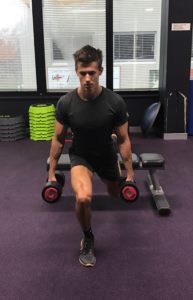 Split squats are an excellent alternative to regular barbell back squats, or as the title suggests, a superior alternative in many ways. The split squat is normally performed with the rear foot elevated on a bench, causing the front leg to support 85% of the load. Although it is generally regarded as single-leg exercise, it still uses both legs and therefore, it can be a great transition exercise from double-leg to single-leg strength rehabilitation. The split squat has been shown to display greater activity in the gluteus medius, gluteus maximus, and hamstring muscle groups when compared to a back squat… and we all know how important a strong gluteal muscle group is for lower limb strength, stability, balance, and function! Additionally, it reduces the load on your spine when compared to a back squat. Don’t get me wrong, spinal loading isn’t a bad thing and I believe regular back squats are a very important component in many lower limb programs, however de-loading is essential for rest and recovery.
Split squats are an excellent alternative to regular barbell back squats, or as the title suggests, a superior alternative in many ways. The split squat is normally performed with the rear foot elevated on a bench, causing the front leg to support 85% of the load. Although it is generally regarded as single-leg exercise, it still uses both legs and therefore, it can be a great transition exercise from double-leg to single-leg strength rehabilitation. The split squat has been shown to display greater activity in the gluteus medius, gluteus maximus, and hamstring muscle groups when compared to a back squat… and we all know how important a strong gluteal muscle group is for lower limb strength, stability, balance, and function! Additionally, it reduces the load on your spine when compared to a back squat. Don’t get me wrong, spinal loading isn’t a bad thing and I believe regular back squats are a very important component in many lower limb programs, however de-loading is essential for rest and recovery.
So how do you perform a split squat correctly?
- Position yourself as pictured, with the appropriate dumbbell weights in each hand depending on your desired goal.
- For strength: you should be working at your 8-repetition maximum i.e. you should reach maximal fatigue at your 8th.
- For endurance: you should be working at your 12-15 repetition maximum.
Note the slight forward trunk lean (rather than upright) – a slight forward lean increases the activity in the gluteus maximus muscle.
- Slowly bend your front knee into a squat position (to a maximum of 90 degrees) and return to the starting position. Your knee should remain in line with your second toe throughout the entire squat motion – if it doesn’t, only squat to the point where your knee starts to deviate from the desired position. You must also ensure that your pelvis remains level – it should not drop down to one side and if it does, try to correct this. If you are struggling to prevent the pelvis from tilting or you find your knee deviating early in the squat motion, the exercise might be too advanced.
If you are looking to develop a lower limb strength and stability program, or suffering lower limb pain with activity, come and see one of our Physiotherapists at Bend + Mend Martin Place or Barangaroo – King Street Wharf.
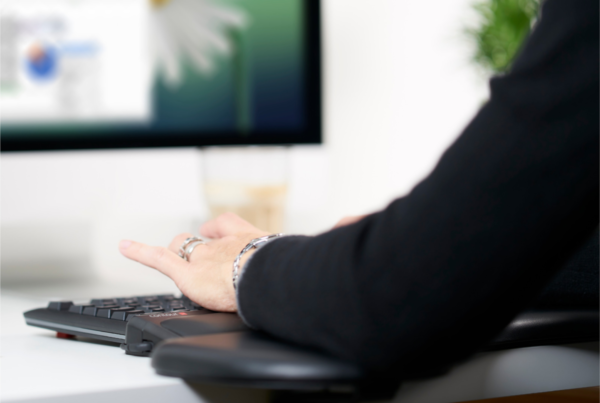
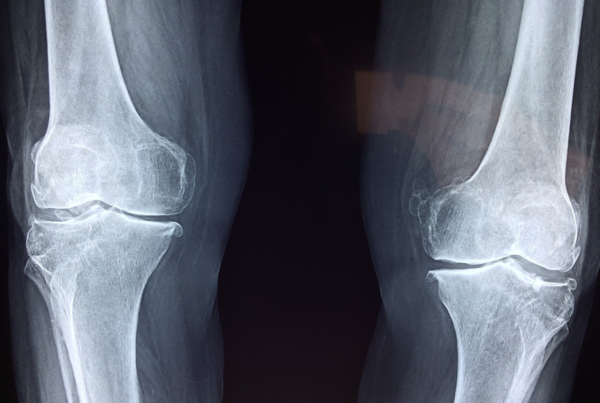
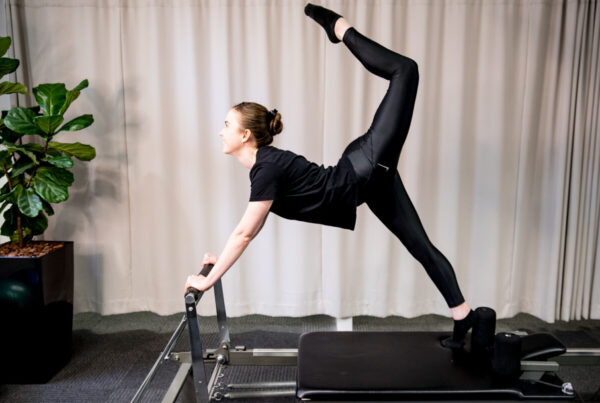

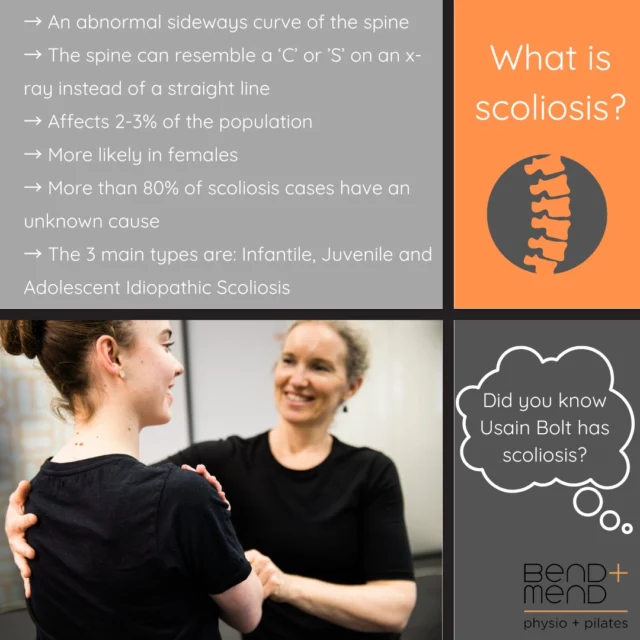
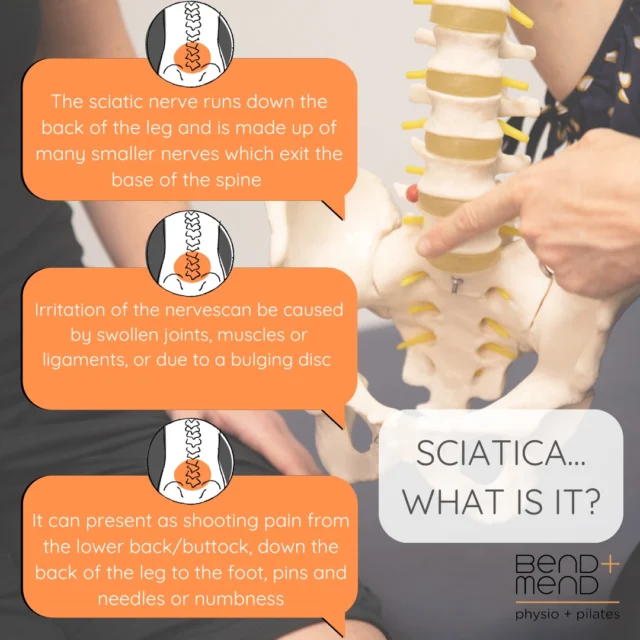
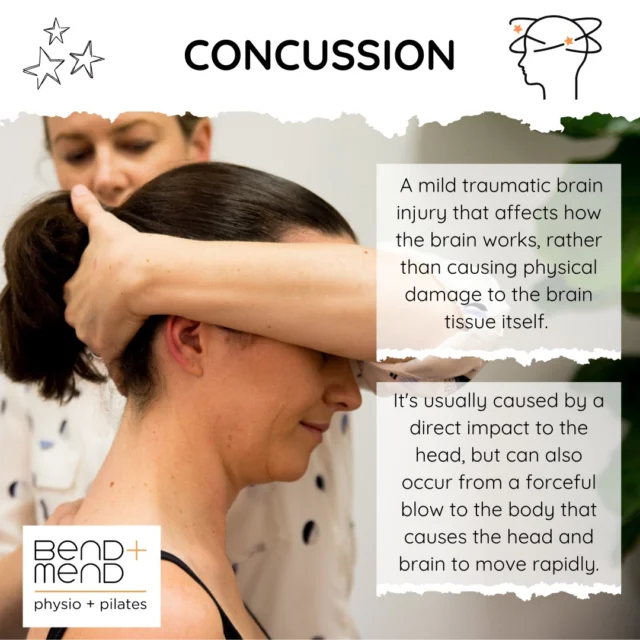

12-15 reps is for hypertrophy
That’s correct Mark, thanks for your input.
Kind regards,
Ben
What about 1-6 reps for strength
7-12 for hypertrophy -as often said about other muscles?